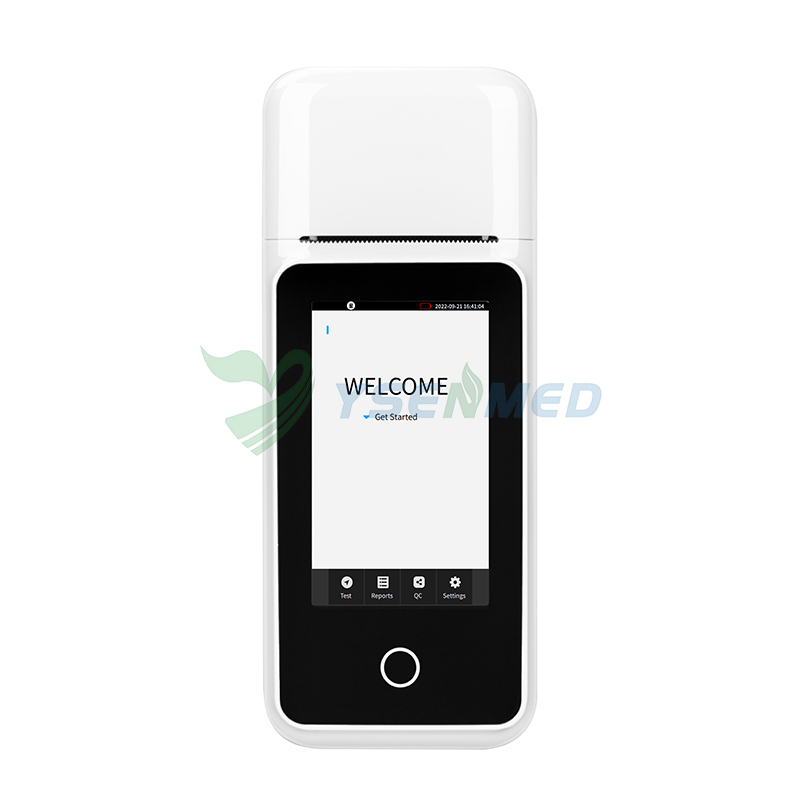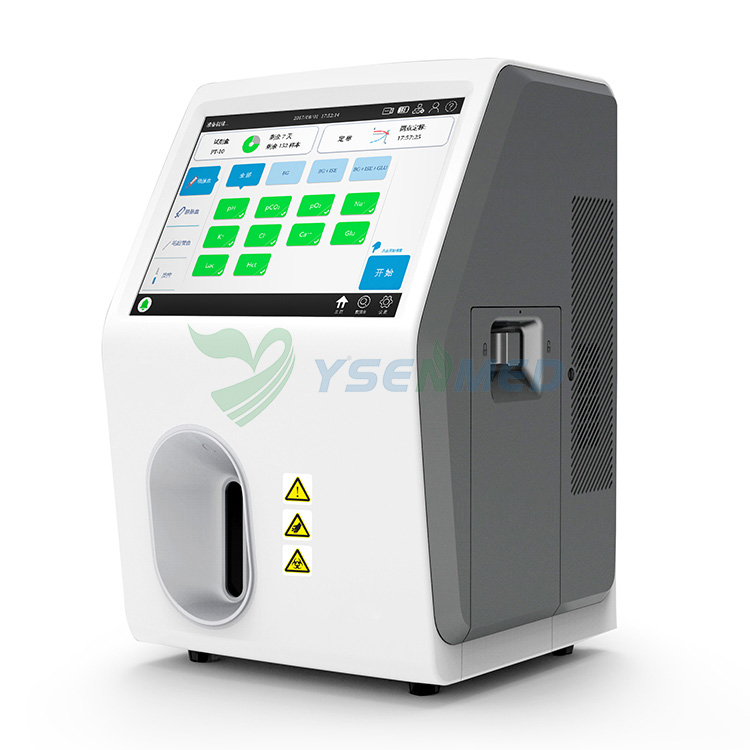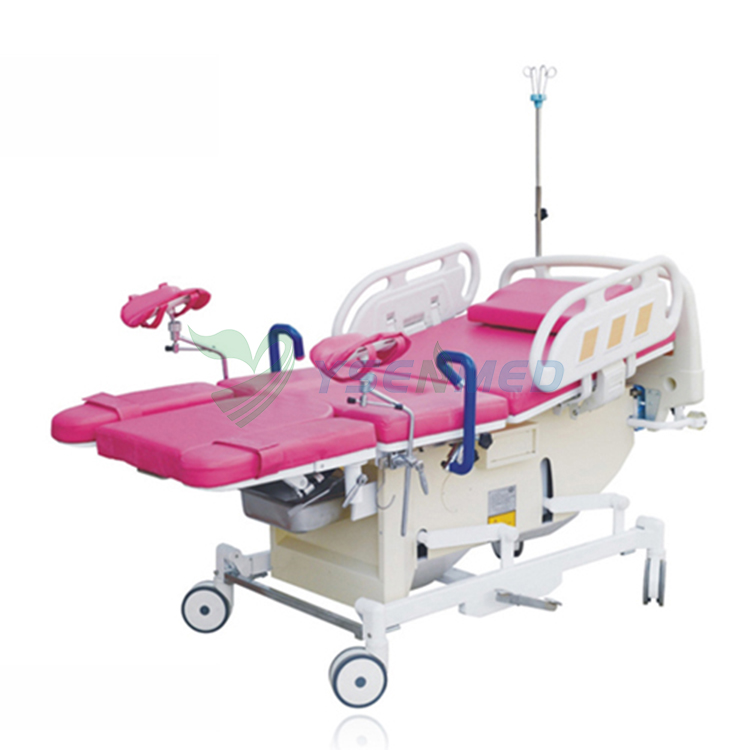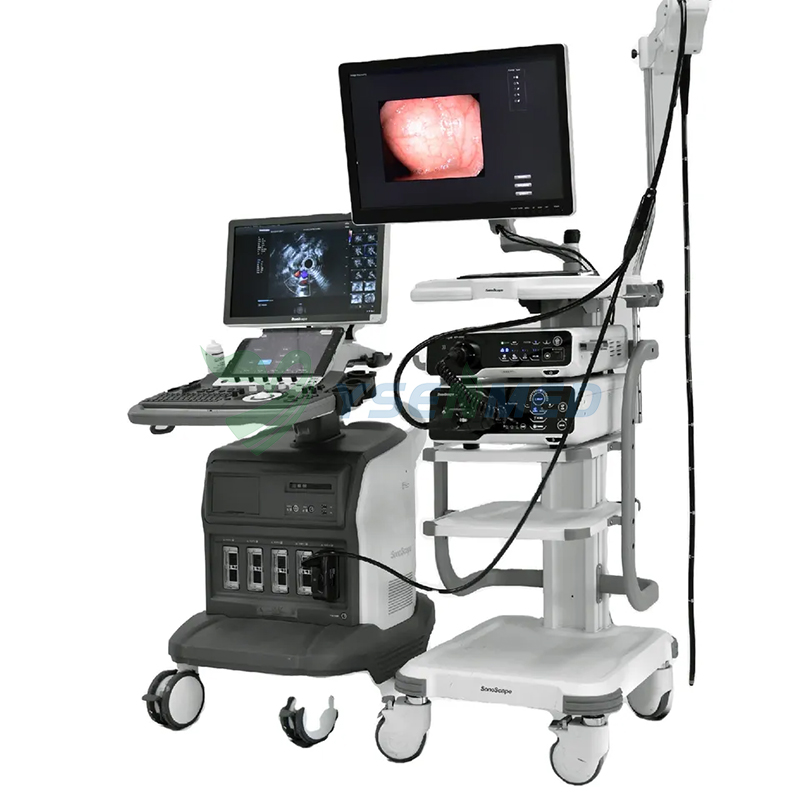Title: Advantages of Using Portable B/W Ultrasound Scanners
Introduction:
Portable black and white (B/W) ultrasound scanners have revolutionized medical imaging by offering healthcare professionals a compact, versatile, and efficient tool for diagnostic imaging and point-of-care assessments. These portable devices provide high-quality imaging capabilities in a lightweight, handheld format, making them ideal for a wide range of clinical settings, including hospitals, clinics, emergency rooms, and ambulatory care facilities. This article explores the advantages of using
portable B/W ultrasound scanners, highlighting their features, applications, and benefits for healthcare providers and patients alike.
Portability and Mobility:
One of the primary advantages of portable B/W ultrasound scanners is their compact size and lightweight design, which allows healthcare providers to perform imaging studies at the point of care, bedside, or in remote locations with ease. Unlike traditional cart-based ultrasound systems, which are bulky and stationary, portable scanners offer unparalleled flexibility and mobility, enabling clinicians to bring imaging capabilities directly to patients, whether in hospital wards, outpatient clinics, or field-based medical missions. This portability enhances patient access to diagnostic services, reduces wait times for imaging studies, and facilitates timely clinical decision-making, particularly in emergency situations or resource-limited settings where access to traditional imaging modalities may be limited.
Ease of Use and Ergonomics:
Portable B/W ultrasound scanners are designed with user-friendly interfaces, intuitive controls, and ergonomic features that streamline the imaging process and minimize operator fatigue. These devices typically feature touchscreen displays, customizable presets, and automated imaging modes that simplify image acquisition, optimization, and interpretation, even for novice users. Additionally, the lightweight and handheld form factor of portable scanners reduce strain on healthcare providers during prolonged scanning sessions, allowing for greater comfort and efficiency in clinical practice. The ease of use and ergonomics of portable B/W ultrasound scanners make them accessible to a wide range of healthcare professionals, including physicians, nurses, mid-level providers, and allied healthcare professionals, enabling interdisciplinary collaboration and expanding the scope of point-of-care ultrasound applications across various medical specialties.
Real-time Imaging and Immediate Results:
Portable B/W ultrasound scanners offer real-time imaging capabilities that allow healthcare providers to visualize anatomical structures, assess physiological function, and guide interventional procedures in real-time. Unlike traditional radiographic imaging modalities, which produce static images that require post-processing and interpretation, ultrasound provides dynamic, live imaging of soft tissues, organs, and blood flow patterns, enabling clinicians to visualize changes in real-time and make immediate diagnostic and therapeutic decisions. This real-time imaging capability is particularly valuable in emergency medicine, critical care, and obstetrics, where timely diagnosis and intervention can have a significant impact on patient outcomes. With portable B/W ultrasound scanners, healthcare providers can rapidly assess patients, monitor treatment responses, and adjust management plans in real-time, leading to more efficient and personalized patient care.
Versatility and Multimodality Imaging:
Portable B/W ultrasound scanners offer versatility and multimodality imaging capabilities that allow healthcare providers to perform a wide range of diagnostic studies across multiple medical specialties. These devices are equipped with a variety of transducers and imaging modes that enable imaging of different anatomical regions, including abdominal organs, cardiac structures, musculoskeletal tissues, and vascular systems. Additionally, portable scanners support a range of imaging modalities, including B-mode imaging, Doppler imaging, and M-mode imaging, which provide complementary information about tissue morphology, blood flow dynamics, and cardiac function. This versatility makes portable B/W ultrasound scanners valuable tools for comprehensive diagnostic evaluations, preoperative assessments, and interventional procedures in various clinical settings, from primary care offices to specialty clinics to field-based medical missions.
Cost-effectiveness and Resource Optimization:
Portable B/W ultrasound scanners offer cost-effective imaging solutions that help healthcare organizations optimize resources, reduce healthcare costs, and improve operational efficiency. Compared to traditional cart-based ultrasound systems, which require dedicated imaging suites, specialized infrastructure, and expensive maintenance contracts, portable scanners have lower upfront costs, reduced space requirements, and minimal ongoing expenses. Moreover, portable scanners eliminate the need for patient transportation, bed-side transfers, and scheduling delays associated with centralized imaging services, leading to shorter turnaround times for diagnostic studies and improved patient flow in healthcare facilities. By investing in portable B/W ultrasound scanners, healthcare organizations can achieve cost savings, enhance patient satisfaction, and deliver high-quality diagnostic care in a more efficient and accessible manner.
Point-of-care Applications and Clinical Utility:
Portable B/W ultrasound scanners have a wide range of point-of-care applications and clinical utility across various medical specialties and healthcare settings. In emergency medicine, portable ultrasound is used for rapid assessment of trauma patients, detection of internal injuries, and guidance of emergency procedures such as vascular access and thoracentesis. In critical care, bedside ultrasound is used for hemodynamic monitoring, assessment of cardiac function, and early detection of complications such as pneumothorax and fluid overload. In obstetrics, portable ultrasound is used for prenatal screening, fetal biometry, and assessment of fetal well-being during labor. In primary care, portable ultrasound is used for point-of-care diagnostics, musculoskeletal assessments, and screening for conditions such as deep vein thrombosis and gallbladder disease. The clinical utility of portable B/W ultrasound scanners extends to specialty areas such as sports medicine, rheumatology, and anesthesia, where ultrasound-guided interventions and diagnostic imaging play a central role in patient care and treatment planning.
Conclusion:
Portable B/W ultrasound scanners offer numerous advantages in terms of portability, ease of use, real-time imaging, versatility, cost-effectiveness, and clinical utility. These devices empower healthcare providers to perform high-quality diagnostic imaging studies at the point of care, enabling timely clinical decision-making, personalized patient care, and improved patient outcomes. With their compact size, advanced imaging capabilities, and wide range of clinical applications, portable B/W ultrasound scanners are poised to transform medical imaging and shape the future of healthcare delivery across diverse medical specialties and healthcare settings. As technology continues to evolve and portable ultrasound systems become more advanced, affordable, and accessible, the role of portable B/W ultrasound scanners in modern healthcare is expected to expand, driving innovation, efficiency, and excellence in patient care.
Accessibility in Remote and Rural Settings:
Portable B/W ultrasound scanners play a crucial role in improving access to diagnostic imaging services in remote and rural healthcare settings where access to traditional imaging modalities may be limited. These portable devices can be easily transported to remote clinics, mobile health units, and underserved communities, bringing diagnostic capabilities closer to patients who would otherwise have to travel long distances to access imaging services. By facilitating on-site imaging studies and point-of-care assessments, portable ultrasound scanners enable timely diagnosis, treatment planning, and referral coordination for patients in remote areas, reducing disparities in healthcare access and improving health outcomes for vulnerable populations.
Patient Comfort and Safety:
Portable B/W ultrasound scanners offer several advantages in terms of patient comfort and safety compared to traditional imaging modalities such as X-ray, CT, and MRI. Ultrasound imaging is non-invasive, radiation-free, and painless, making it well-tolerated by patients of all ages, including children, pregnant women, and elderly individuals. With portable ultrasound, patients can undergo imaging studies without exposure to ionizing radiation or contrast agents, reducing the risk of adverse reactions and long-term health effects. Moreover, portable ultrasound scanners can be used at the bedside or in outpatient settings, minimizing the need for patient transportation, sedation, and hospitalization, which can be stressful and inconvenient for patients and their families. By prioritizing patient comfort and safety, portable B/W ultrasound scanners enhance the overall patient experience and contribute to a patient-centered approach to healthcare delivery.
Training and Education:
Portable B/W ultrasound scanners offer valuable training and educational opportunities for healthcare professionals, students, and trainees across various disciplines and specialties. These devices provide hands-on experience with diagnostic imaging techniques, interpretation skills, and procedural guidance in a simulated clinical environment, allowing learners to develop competence, confidence, and proficiency in ultrasound imaging. Portable ultrasound training programs and workshops enable healthcare providers to acquire and maintain essential skills in point-of-care ultrasound, bedside imaging, and ultrasound-guided procedures, enhancing their clinical practice and advancing their professional development. Moreover, portable ultrasound education initiatives promote interdisciplinary collaboration and knowledge exchange among healthcare teams, fostering a culture of continuous learning and innovation in healthcare delivery.
Research and Innovation:
Portable B/W ultrasound scanners serve as valuable tools for research and innovation in medical imaging, enabling investigators to conduct studies, experiments, and clinical trials in diverse fields such as cardiology, oncology, obstetrics, and rheumatology. These devices support translational research efforts by providing researchers with access to real-time imaging data, quantitative measurements, and image analysis tools that can be used to investigate disease mechanisms, evaluate treatment responses, and develop novel imaging biomarkers. Moreover, portable ultrasound scanners facilitate the development of new imaging techniques, algorithms, and applications that enhance diagnostic accuracy, imaging quality, and clinical utility. By fostering collaboration between researchers, clinicians, and industry partners, portable ultrasound contributes to advancements in medical imaging technology and the translation of research findings into clinical practice, ultimately improving patient care and outcomes.
Conclusion:
Portable B/W ultrasound scanners offer numerous advantages in terms of accessibility, patient-centered care, training and education, and research and innovation. These versatile devices empower healthcare providers to perform high-quality diagnostic imaging studies at the point of care, improving access to imaging services, enhancing patient comfort and safety, and facilitating timely diagnosis and treatment. With their compact size, advanced imaging capabilities, and wide range of clinical applications, portable B/W ultrasound scanners play a vital role in modern healthcare delivery, supporting interdisciplinary collaboration, promoting evidence-based practice, and driving continuous improvement in patient care and outcomes. As technology continues to evolve and portable ultrasound systems become more advanced, affordable, and accessible, the impact of
portable B/W ultrasound scanners on healthcare delivery is expected to grow, leading to further innovation, efficiency, and excellence in diagnostic imaging and patient care.




